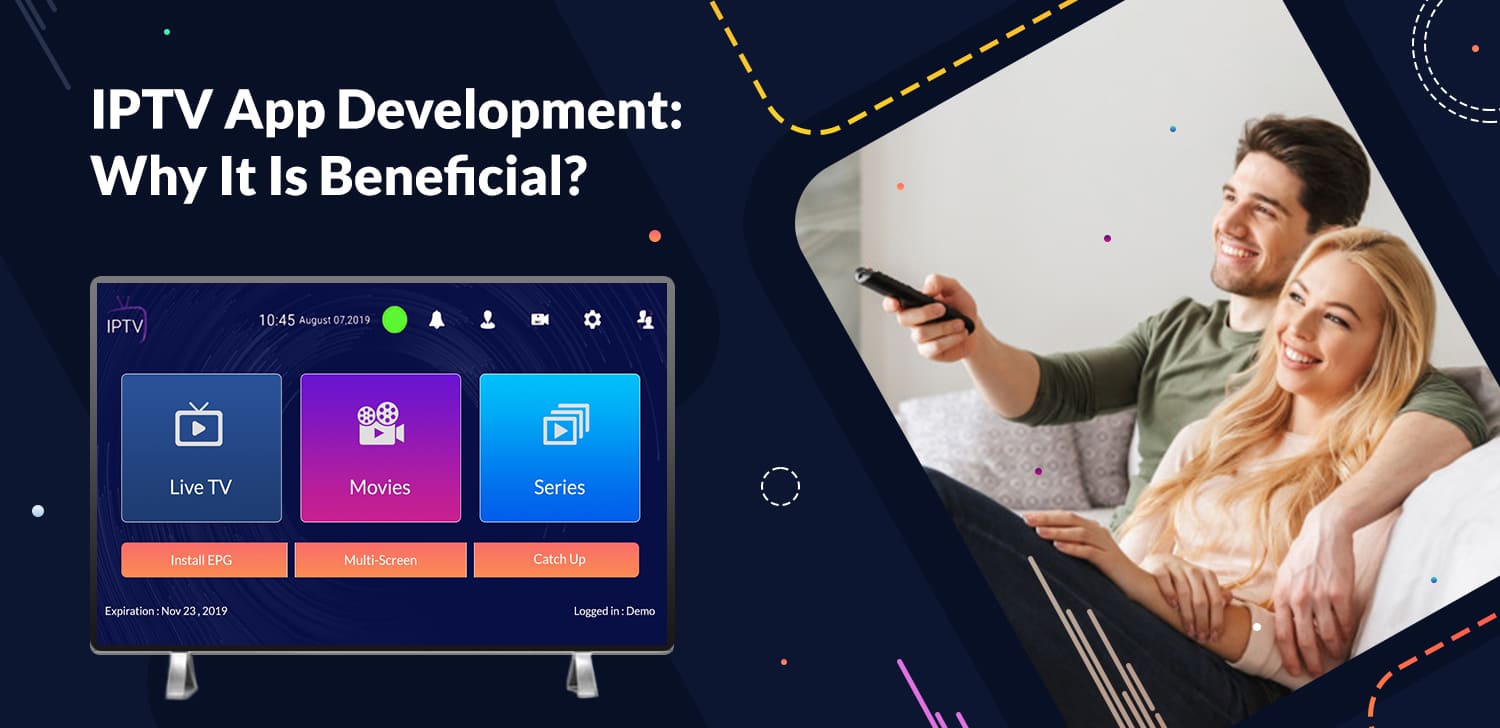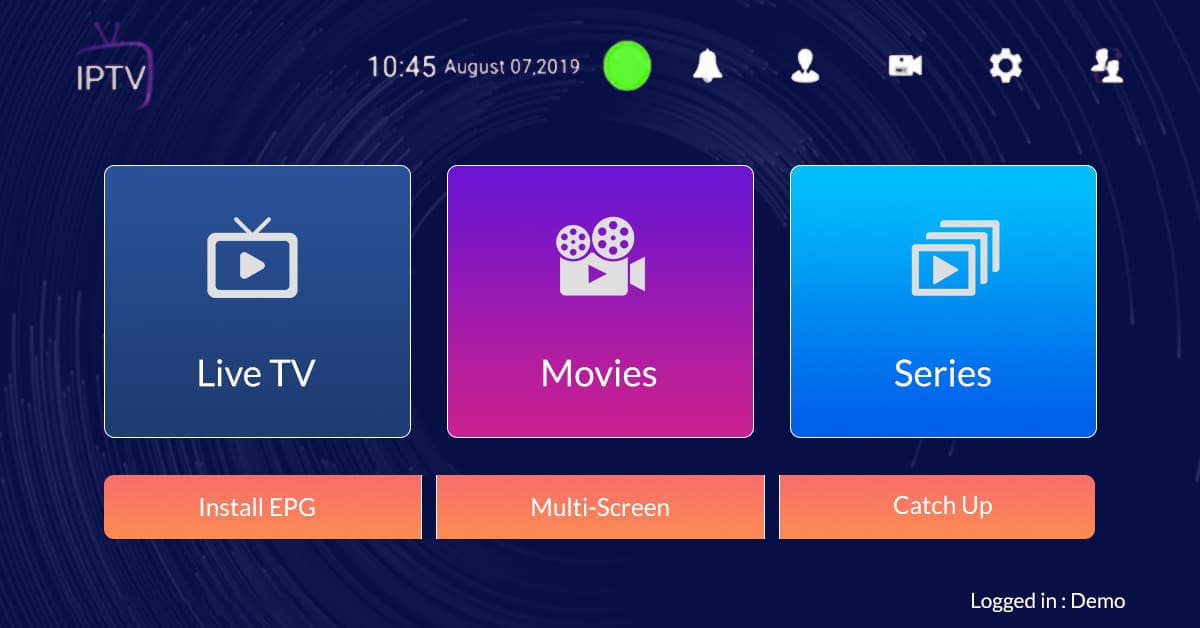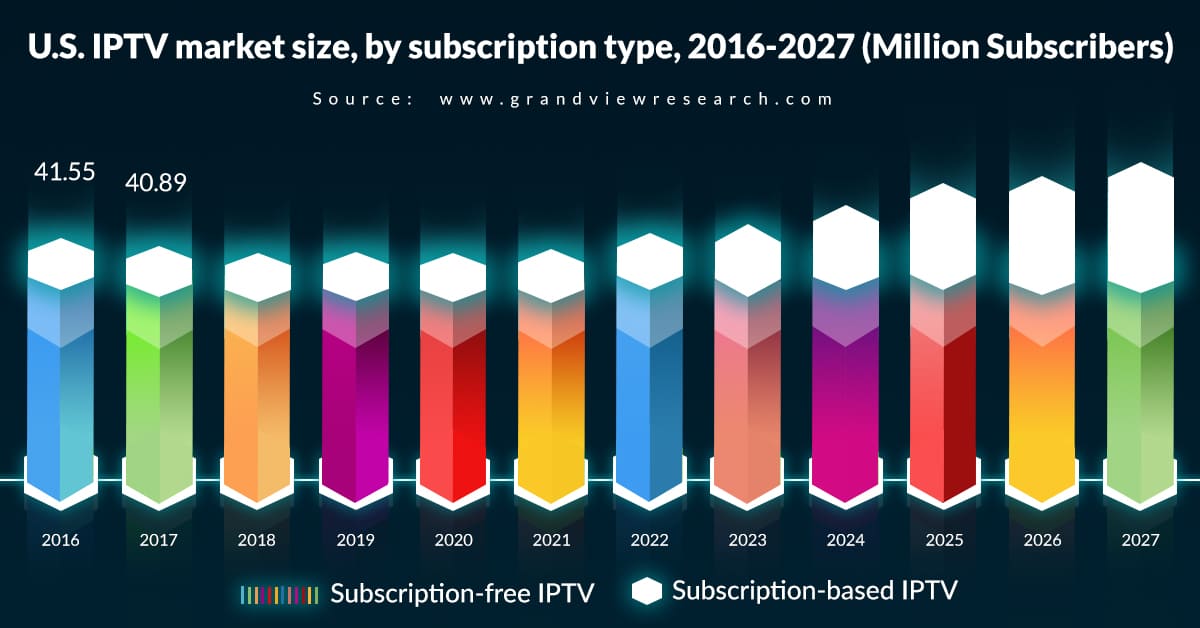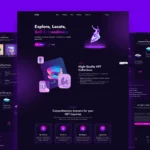IP TV App Development

01. The Challenge & Solution
However, the capabilities of IPTV are not limited to streaming media over the IP-based networks; it can be used in subscriber-based telecommunications with the help of end-user devices such as a set-up box. Apart from the streaming media content to the users, it is also being used widely in the corporate sector. IPTV displays the media content on the user’s televisions through the internet, and the content is stored on various remote servers that are located all over the world. It also allows two-way communication between the streaming content and the users.


02. Working Process
The working of IPTV systems is very different from the conventional broadcasting mediums such as transmission through satellites, etc. Traditional content broadcasting uses analog signals to deliver the content to the users. Various broadcasting channels on this system use optical fiber cable or satellite radio waves to deliver the media content. One big drawback of such systems is that users are not in control of the content being broadcasted to their televisions; they can’t choose what to watch; they have to watch what is being delivered on their television sets. Whereas, in the case of IPTV, users have complete freedom over the choice of content and the time to watch specific content. The users need to get a subscription that varies as per the service provider.
The IPTV systems store their content on a series of remote servers across the world. It delivers the flexibility to the users to watch their favorite media stored on these remote servers at any time they like. When a user selects a show to watch over IPTV, it automatically translates the media content into digital format data packets and sends it to the streaming device of the user through the IP-based networks. However, before showcasing the content to the user, it is compressed and optimized to deliver an ultimate experience.

03. Perfect Result
Types of IPTV App Development
IPTV Apps come in various forms and have a specific user base for every type. You can choose your niche from these types and develop a functional app with all the features that meet the user’s expectations. You can hire IPTV app developers with good experience and technical skills to make the app gain popularity in no time. Here are the types of IPTV app development that are being used in the market.
1. Video On Demand (VOD)
Video on Demand is similar to the various OTT platforms that are available on the internet, such as Netflix and Hulu. When users buy their subscriptions, they get access to these platform’s content libraries. With the help of IP multimedia transmissions, IPTV systems are able to perform audio or video file compressions. Video file data is transmitted with the help of the HLS streaming protocol continuously in real-time.
2. Near Video on Demand
Near video-on-demand service is being utilized by conventional cable operators and satellite service providers. It delivers media content with a fixed schedule, and new content is added after the previous one ends. These models are charging the users on a pay-per-view model and delivering an ultimate experience to the users. In simple terms, this type of IPTV delivers the same content that is broadcasted on traditional services with a different time schedule based on the Demand.
3. Live Broadcast
A live broadcast is a popular form of broadcasting content over the internet. However, traditional broadcasting services also stream their content live with the help of satellite signals. Live broadcasting content is almost the same; the only difference lies in the delivery and the technology. The users get to enjoy the live broadcast of their match or live events over the internet on their mobile devices and TV with great flexibility.
4. TV On Demand
TV on Demand delivers users the freedom to stream their content wherever they want, but the content library is limited to the shows and movies that are broadcasted on the cable TV network. The money-making model of this type is simple as they charge users on per show and movie basis. If you want to develop an IPTV app, this model can get you to want from your app as various users are tired of the schedule adherence of the TV shows on the cable network and love to watch their favorite TV shows on the IPTV service platform.



